Material is published with the permission of GUN-TEST.RU channel
The distribution of thermal imaging devices is expanding every year: components and devices themselves are being improved while their costs are gradually coming down – a few years ago the cost of a thermal imaging riflescope was similar to the price of a new car. Now it is possible to buy one for the price of an imported mid-range rifle.
All these factors contribute to the distribution of thermal imaging devices among hunters. It is tempting to have a device that enables seeing animals in almost any light and atmospheric condition.

The most common question asked by buyers of a thermal imaging device is how far does it see? It seems like a simple question – you just need to check the user manual to find the answer. But it's not as simple as it would appear at first glance.
All manufacturers report the technical (or calculated) target detection range in the performance characteristics – usually for a person or an animal with a height of 1.7 to1.8 m, and in near-ideal observation conditions. For common sensors with dimensions of 384x288 pixels, the technical detection range is 1–1.5 km, different manufacturers write their calculated value. What do they base these parameters on?
Most thermal imaging device producers consider an appropriately sized target to be detected if an image of that target appears on the display and at least two adjacent pixels are used. The observer will see just a small luminous point on a display.
But such an image will not be enough for a hunter to confidently identify the target and, moreover, to make the decision to shoot. We all remember the hunter's safety precaution: “Shoot only at a clearly visible target.” Therefore, for hunting purposes, it is important to separate the terms “technical detection range” and “maximum target identification range”. If the first measure is calculated and its value is accurately known from the device performance characteristics, then the second is more of an estimate because for each user the moment the target is identified is individual.
To illustrate, let's conduct an experiment with a mid-range thermal imaging monocular Pulsar Axion XQ38. The declared maximum technical target identification range for this thermal imaging device is 1350 m.

Pulsar Axion XQ38
I used a horse as a target – its withers height about 1.7-1.8 m, i.e. the exact value the manufacturer relies on when assessing the detection distance. When the limit was reached, the horse turned sideways. A neutral black and white palette was chosen. All distances were measured with a laser rangefinder.
Digital zoom (magnification) was not used in the test, only an optical magnification, which is 3.5x for this lens. The digital zoom blurs the clarity of the object image and will not assist us in this case.
The aim of the test was to determine the maximum target identification distance based on my own feelings. Someone else may have a different perspective on these identification distances.
Below are freeze frames at the respective distances, the maximum distance is 750 m.

My personal feeling is as follows: the horse can be easily identified up to a distance of 500 m. As the distance increases, we see a certain large four-footed animal but cannot determine the species. At a distance of 750 m, the target is already a light “spot”.
Thus, the maximum distance of confident identification is about 500–600 m.
Another question many hunters ask is why thermal imaging devices with similar matrix characteristics (resolution, pixel size, NETD thermal sensitivity and frequency) have different characteristics for technical target detection range?
The calculated (technical) target detection range is influenced by external factors (atmospheric conditions, etc.), as well as design features of a particular device. To assess the technical target detection range, manufacturers usually do not take external factors into account, but only consider the technical capabilities of all the device components. Importantly, it would be a mistake to rely only on a comparison of bolometric sensor characteristics, all the main device component characteristics need to be taken into account, namely:
- As for the lens, two main parameters are taken into account – optical magnification and aperture;
- Of course, the matrix itself – its resolution, thermal sensitivity (NETD), frequency. As for pixel size, opinions vary. The author is of the opinion that more pixels (if we compare the most common 12 microns and 17 microns) gives a more comprehensive and detailed image. However, as mentioned, opinions differ on this.
- Signal processing algorithms. We know very well that installing new firmware on the same device with other, more advanced, signal processing algorithms improves the image quality. For this reason, the author always recommends purchasing thermal imaging devices with the possibility of self-upgrading using an application, such as Pulsar Stream Vision.
- Finally, the display. Many people forget that this is perhaps the weak point of a thermal imaging device. It is possible to receive a lot of IR radiation on the matrix through high-aperture optics and to process this using a good algorithm, but the result will simply not be visible on a low-quality display.
So, when comparing devices, even if they have nominally identical sensors, the quality of all the key elements of a thermal imaging device should be taken into account: lens, display and signal processing algorithms.

In order to check the maximum identification distance of a specific device, it is best to independently test it under field conditions, if possible. Video blogs of test operators of thermal imaging equipment can be a good help.
Watch more videos with tests on my Youtube channel Gun Test (ru) and my partner’s Youtube channel Pulsarguru (ru), who provides me with thermal imaging devices and other equipment to test.
 Thermion 2 LRF XL50
Thermal Imaging Riflescope
Thermion 2 LRF XL50
Thermal Imaging Riflescope
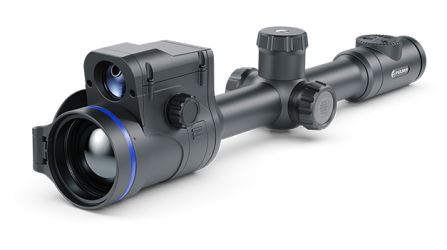 Thermion 2 LRF
Thermal Imaging Riflescopes
Thermion 2 LRF
Thermal Imaging Riflescopes
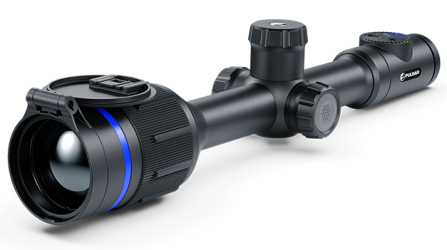 Thermion 2
Thermal Imaging Riflescopes
Thermion 2
Thermal Imaging Riflescopes
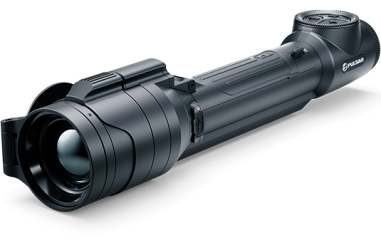 Talion
Thermal Imaging Riflescopes
New
Talion
Thermal Imaging Riflescopes
New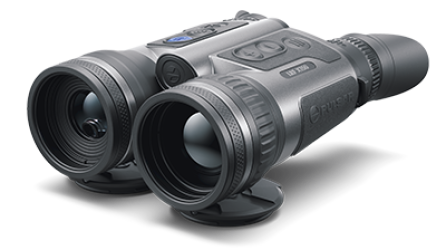 Merger LRF XT50
Thermal Imaging Binoculars
Merger LRF XT50
Thermal Imaging Binoculars
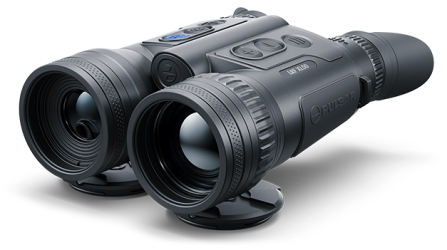 Merger LRF XL50
Thermal Imaging Binoculars
Merger LRF XL50
Thermal Imaging Binoculars
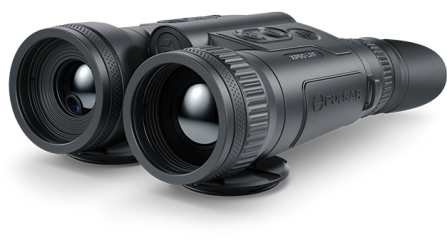 Merger LRF XP50
Thermal Imaging Binoculars
New
Merger LRF XP50
Thermal Imaging Binoculars
New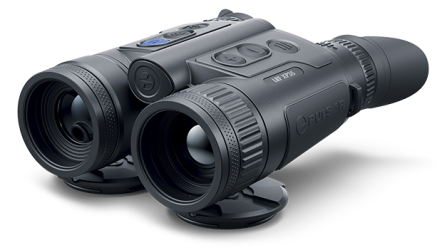 Merger LRF XP35
Thermal Imaging Binoculars
Merger LRF XP35
Thermal Imaging Binoculars
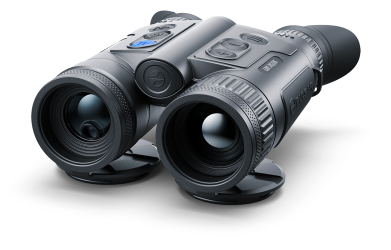 Merger LRF XQ35
Thermal Imaging Binoculars
New
Merger LRF XQ35
Thermal Imaging Binoculars
New Telos
Thermal Imaging Monoculars
New
Telos
Thermal Imaging Monoculars
New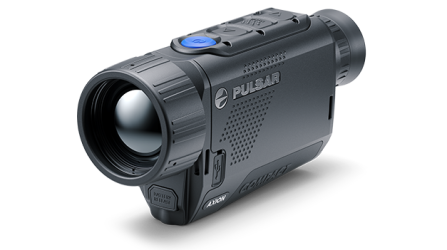 Axion Compact
Thermal Imaging Monoculars
Axion Compact
Thermal Imaging Monoculars
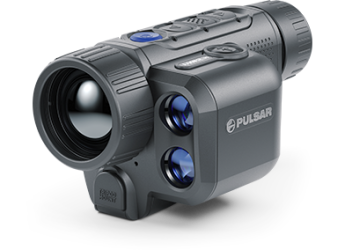 Axion 2 LRF
Thermal Imaging Monoculars
Axion 2 LRF
Thermal Imaging Monoculars
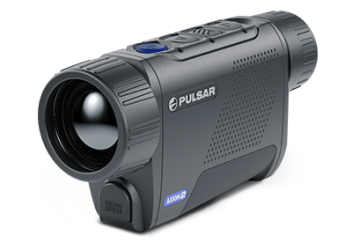 Axion 2
Thermal Imaging Monoculars
New
Axion 2
Thermal Imaging Monoculars
New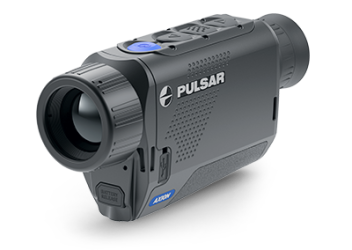 Axion XQ30 PRO
Thermal Imaging Monoculars
Axion XQ30 PRO
Thermal Imaging Monoculars
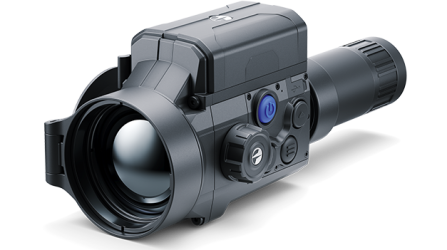 Krypton 2
Thermal Imaging Monocular
Krypton 2
Thermal Imaging Monocular
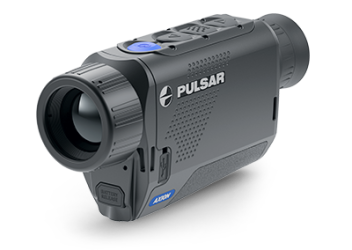 Axion XM30F
Thermal Imaging Monoculars
Discontinued
Axion XM30F
Thermal Imaging Monoculars
Discontinued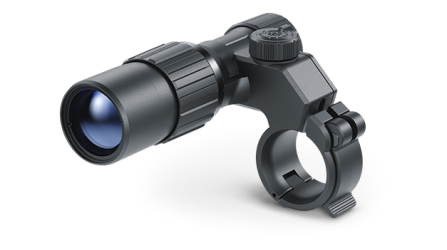 Pulsar Digex-XS
External Infrared Illuminators
Pulsar Digex-XS
External Infrared Illuminators
 APS Batteries
Battery Packs
APS Batteries
Battery Packs
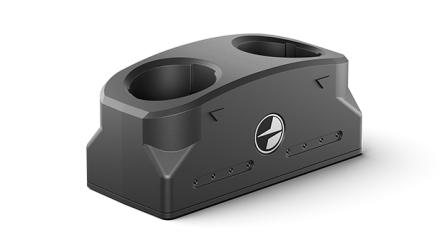 APS Chargers
Battery Chargers
APS Chargers
Battery Chargers
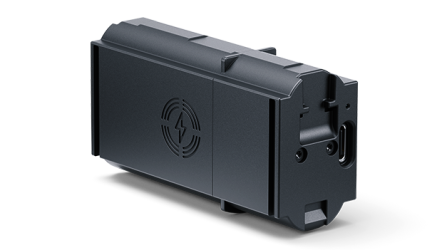 LPS 7i Battery Pack
Battery Packs
LPS 7i Battery Pack
Battery Packs
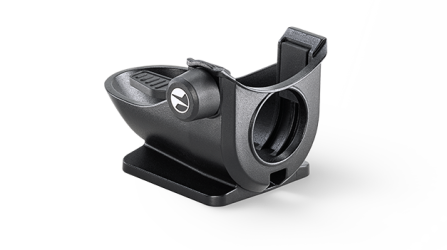 Telos LRF Tripod Adapter
Pulsar Accessories
Telos LRF Tripod Adapter
Pulsar Accessories
 IPS Batteries
Battery Packs
IPS Batteries
Battery Packs
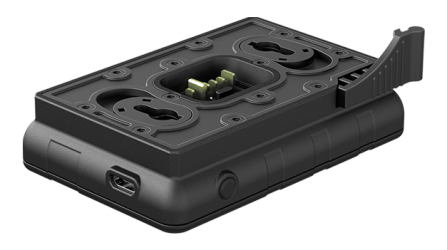 IPS Battery Charger
Battery Charger
IPS Battery Charger
Battery Charger
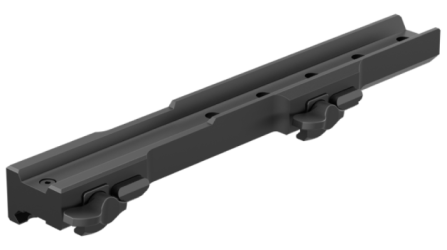 Rifle Mounts
for Pulsar Riflescopes
Rifle Mounts
for Pulsar Riflescopes
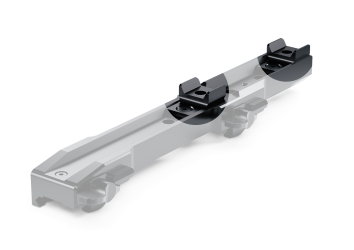 H7 Spacers
Repair Kits
New
H7 Spacers
Repair Kits
New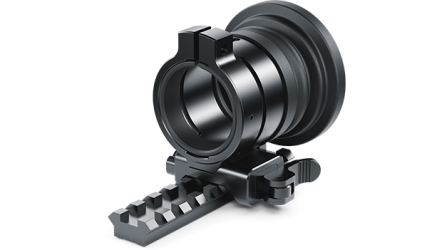 PSP-V Weaver Rail Adapter
Adapter
PSP-V Weaver Rail Adapter
Adapter
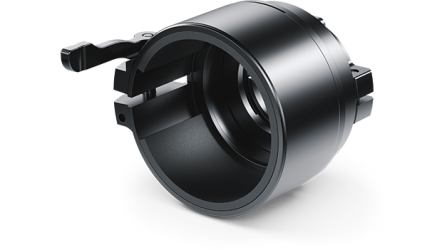 PSP Ring Adapters
Adapters
New
PSP Ring Adapters
Adapters
New PSP-B Ring Adapters
Ring Adapters
PSP-B Ring Adapters
Ring Adapters
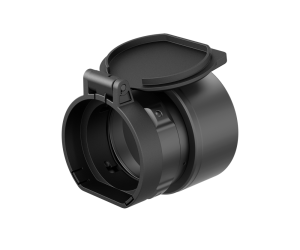 FN Adapters
Cover Ring Adapters
FN Adapters
Cover Ring Adapters
 Remote Controls
for digital devices and thermal imagers
Remote Controls
for digital devices and thermal imagers
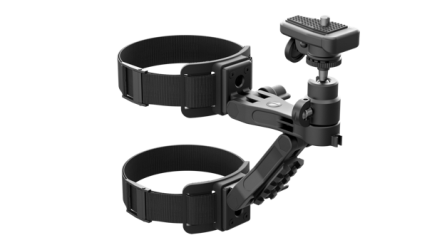 Tree mount
Pulsar Accessories
Tree mount
Pulsar Accessories
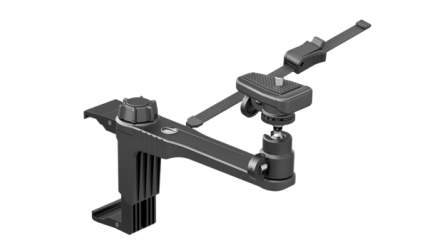 Window Frame Mount
Pulsar Accessories
Window Frame Mount
Pulsar Accessories
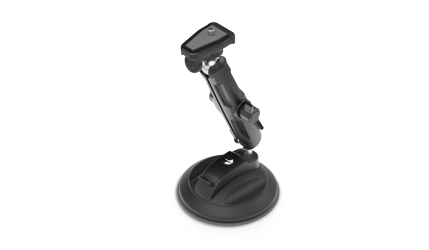 Flat Glass Mount
Pulsar Accessories
Flat Glass Mount
Pulsar Accessories
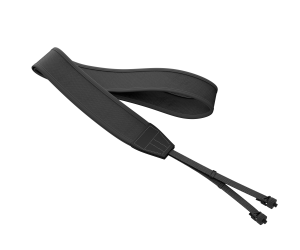 Neck Straps
Accessories
New
Neck Straps
Accessories
New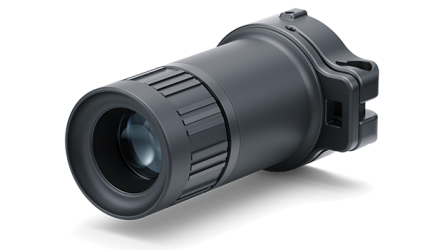 Monocular Pulsar 3x20 B
Accessories
Monocular Pulsar 3x20 B
Accessories
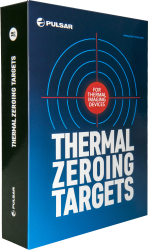 Thermal Zeroing Targets
Accessories
Thermal Zeroing Targets
Accessories









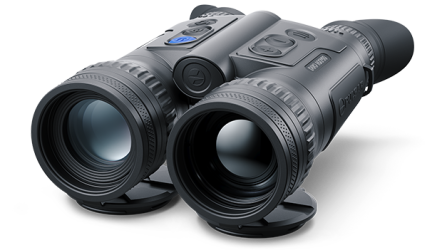
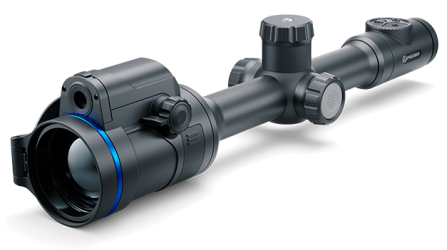
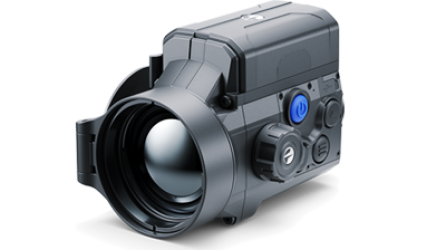
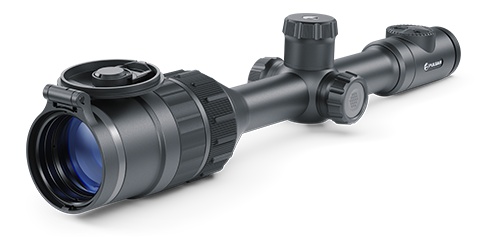
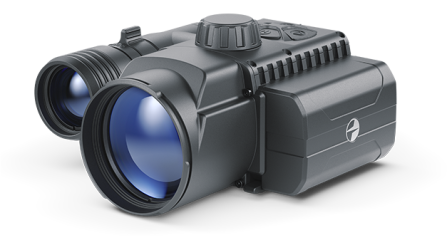
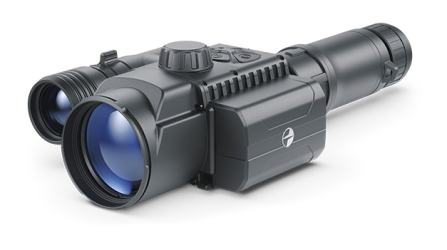



 English
English German
German French
French Spanish
Spanish Italiano
Italiano English
English Lietuvių
Lietuvių



